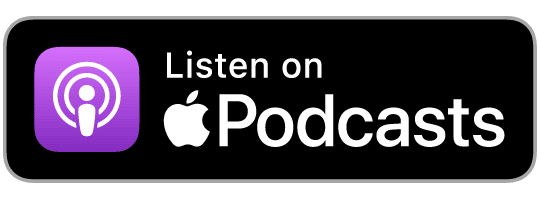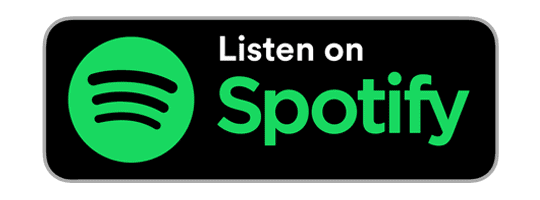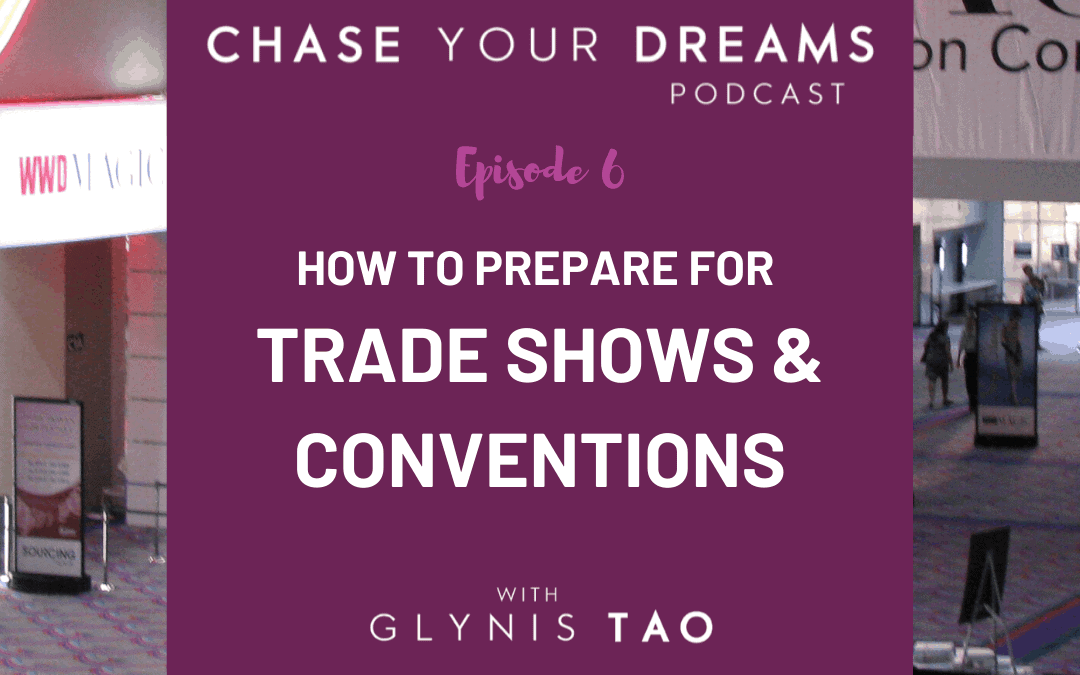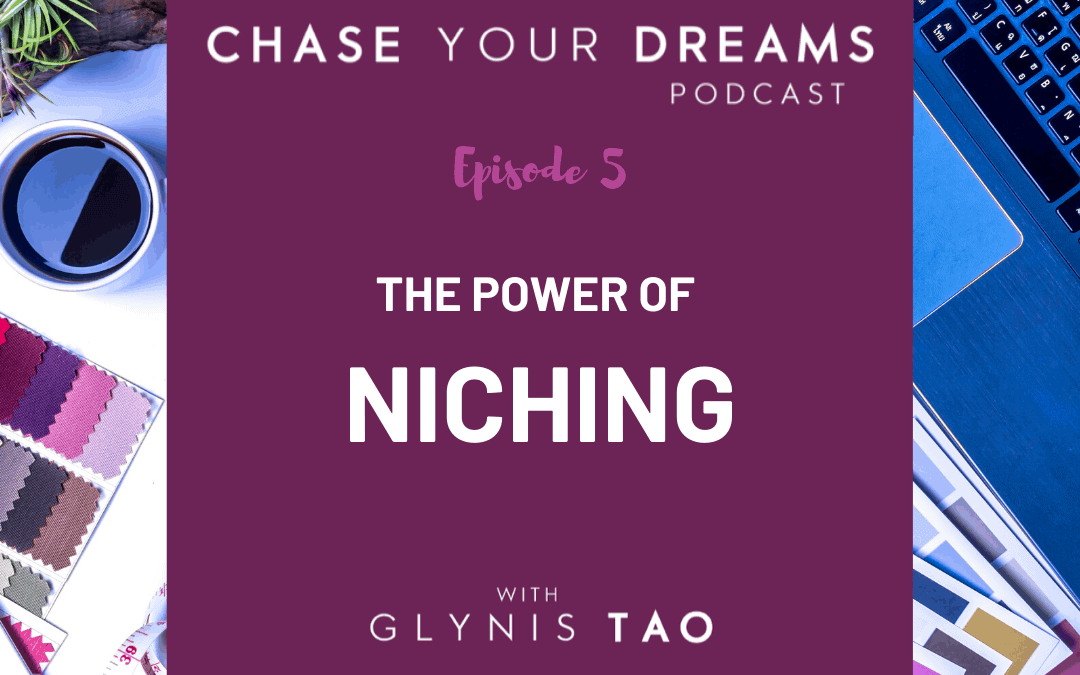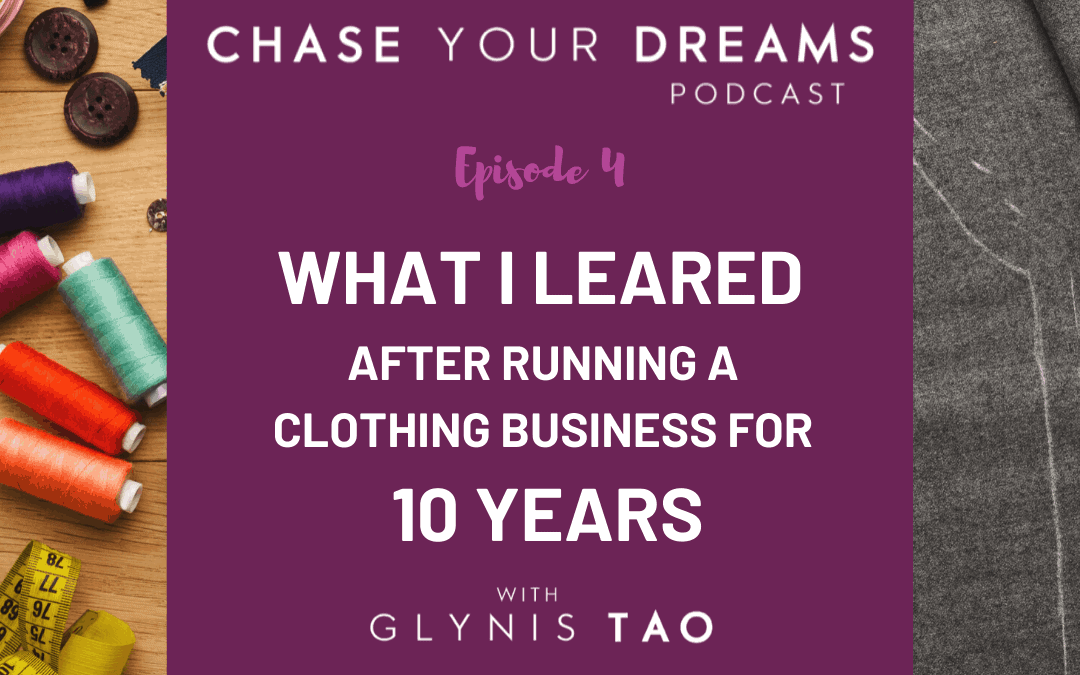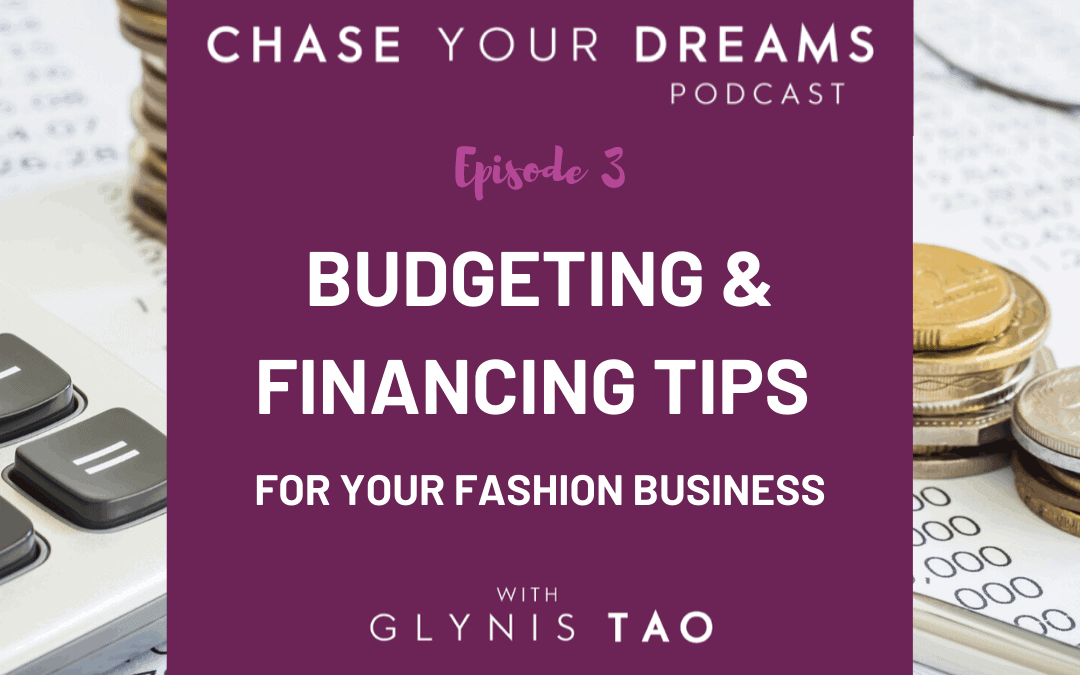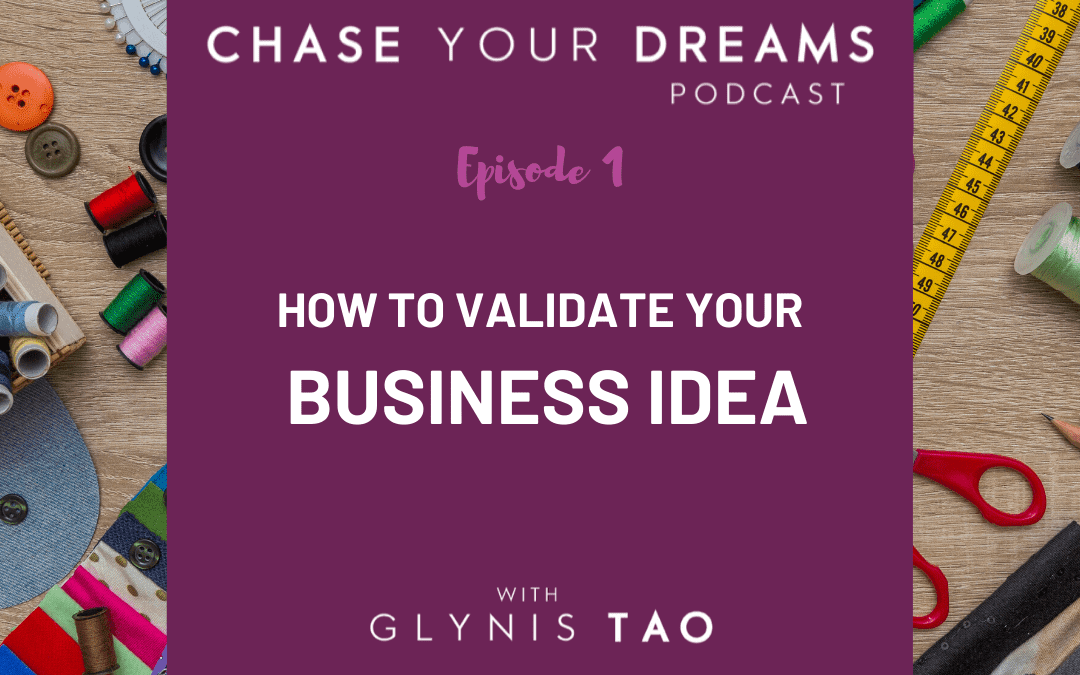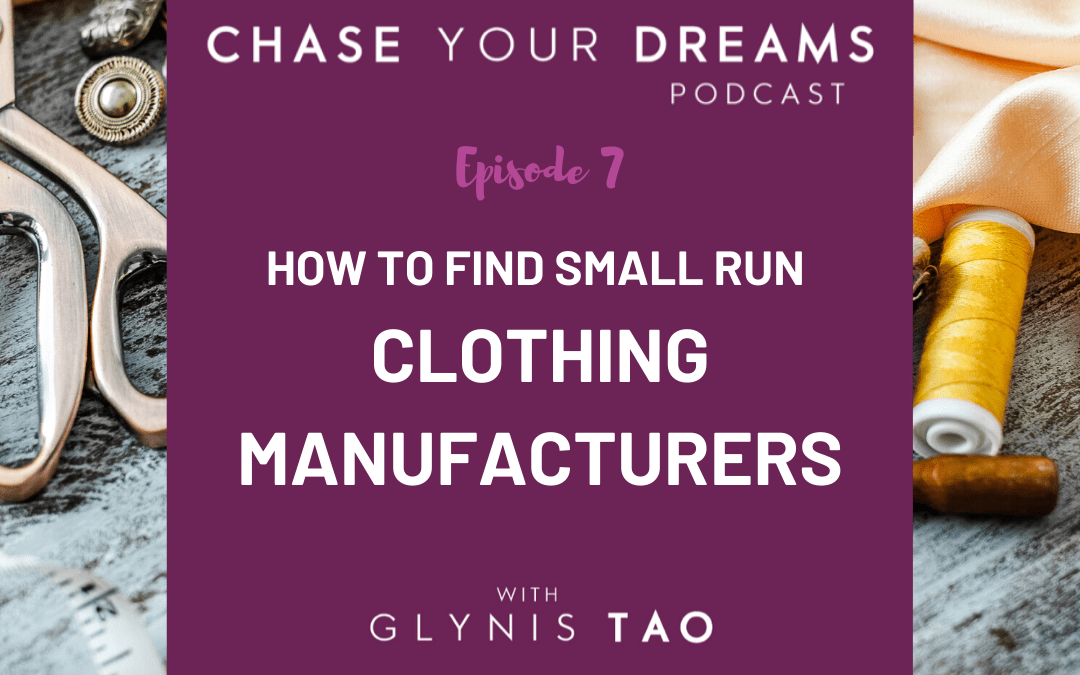
How to Find Small Run Clothing Manufacturers
Are you a fashion designer who has an amazing idea for a clothing line but not sure how to begin to get it made?
New designers often struggle to connect with the right factories to launch their businesses. They usually don’t have connections in the industry and lack practical experience of speaking to manufacturers.
This episode, is for emerging designers and new brands who are looking for factories to produce their clothing line.
Before I begin, I want to go over some common garment manufacturing terminology.
MOQ stands for minimum order quantity. That's an industry term that most manufacturers use to talk about production minimums.
Tech packs include a garment spec sheet that has the body measurements, and an area called the bill of materials that has all the details and trim information including a sketch, at least a front and a back with additional details attached to it. It usually has the comments section as well.
Pattern making involves creating the pattern or blocks that is used to produce the garment. The garment has pieces that need to be cut and sewn together. So patterns need to be made for those pieces to be able to be cut out and then stitched together.
Grading is when you are sizing (the patterns) up or down. The measurements that you put in from each size goes up by a certain amount in measurements, that's typically indicated on the specification sheets.
Markers are what the cutters at the factory use to cut out the pattern pieces when it comes to production. A marker's required because you have all your pattern pieces laid out in the most efficient way to produce a higher yield, which means minimizing or reducing amount of fabric wastage as opposed to when they're cut out as individual samples. That's not as efficient, when they use the fabric in production they want to be as efficient as possible, so you don't waste as much fabric. So markers then produced so that the person who's cutting out your fabric can use it to follow to cut out the pattern pieces.
When it comes to production, typically the process that is involved usually starts with designing, having your sketches ready, which you most likely would have if you are a designer, you probably have your sketches made. And not only have your sketches, but ideally you should have them sketched out in a technical format, which means using a program like Adobe Illustrator to have them sketched out properly, because they need to be very clean. In order for a factory to be able to see the details, your sketches need to be clean and producing them on a computer in Illustrator is probably the best way to do that.
So the next thing would be the specification sheets, which I talked about earlier, that's part of the tech pack. Spec sheets are the actual measurements of the garment and so you would have your body measurements on top. And you would have the body measurements with each size. For example, if you're using alpha sizing: small, medium, large, extra large, you would have your chest, waist, hip measurement, as part of the body measurements, and then you would have the actual measurements of the garment. So each measurement point is a line on the spec sheets for example, your body length. Say if you were producing a t-shirt, you would have a body length measurement, that's measured from the back neck down to the hem. You'd have your chest measurement, you'd would have your hem measurement, you'd have your sleeve measurement, you'd have your sleeve opening measurement. So those are measurements that you need to have on your specification sheets.
Then you need to source your material suppliers- the fabrics. So you would need to know what fabrics you were using by researching and sourcing different fabrics, suppliers and getting different swatches from them. Once you've determined which fabrics you want to use, then you'd want to go ahead and purchase sample yardage from them. The next step would be to make your sample prototype. You would send your patterns and your fabric over to get your sample prototypes made whether that's the factory itself or your pattern makers; sometimes pattern makers are set up to do sample sewing. Sometimes factories have that capability of making patterns and samples in house as well as doing the bulk production. So get your prototype made, it may require several versions and modifications- you may have first, second, third sample, by the time you actually get your prototype to look and fit the way that you want it to.
From there, you would look at making salesman samples, if you are looking to do wholesale. Those are copies of your samples, to send out to reps and to store buyers and for your showroom and display. So you'd have to determine how many salesman samples you would need to have made.
Once you have your orders in and you are ready to go to bulk production
That is when you would go and approach the clothing manufacturers. This is the topic that we will be talking about today; getting to the production stage. Small run production usually is under 500 pieces. That may sound like a lot to you if you're new and starting out. You're like omg 500 of one style!! But usually 500 or anything under 500 is usually considered small runs, maybe even sometimes under 250. You may be able to find factories that are accommodating and will take your small run production; they may even do 50 pieces for you. So it really depends on the factory and their capacity. Larger factories may not take on jobs that are less than a certain MOQ because they have established working with larger clients with big orders. For them it's all about efficiency, so if they're taking on any orders that are less than 250 is gonna really slow them down.
Factories are able to sew faster when they are in an assembly line, not sewing one garment at a time. They are sewing a bunch of different pieces and in an assembly line. So someone may just be in charge of sewing the sleeve or someone could just be in charge of sewing a collar and that sort of thing. So the faster they go, the more efficient it is for them. That's why taking small runs may not be so favorable for them. But that doesn't mean that there aren't factories out there that are willing to do that. There definitely are and I've heard of some factories that have no minimums.
So how do you go about finding a factory? There are several things you can do.
You can do networking by reaching out talking to other brand owners, going on social media is usually a good place to start. There's several apparel or fashion designer Facebook groups out there. So you can join them and connect with others and ask your question: who do you recommend to do small run production?
Another good resource is to talk to fabric and trim suppliers because they are often sending out fabrics to factories. So brands who order fabrics from the fabric suppliers, they're sending them out to factories and manufacturers. So they would have a pretty good idea of which manufacturers are out there and what exists.
There's also associations and organizations, for example, in Canada, there's the Canadian Apparel Federation. They are a pretty good resource you can ask them for their list of suppliers and pattern makers.
Pattern makers are another one just like fabric suppliers who would probably know which manufacturers are out there. Another place you can talk to are the fashion schools in your city. Fashion schools may have a resource directory that they've put together, that would tell you where to source certain things that you're looking for such as contractors, fabrics, notions, and that sort of thing. And of course, there's always Google and internet searches that you can go online and look as well.
Once you have found your factory, the next thing you need to do is to prepare for your first visit.
Hopefully by then you have connected with them, and you've talked to them, you've introduced yourself and told them a little bit about what you're planning to do. And they are gladly willing to meet with you. So when you're going to the factory for the first time, you want to make sure you bring these things with you. You want to make sure you have your sample prototype, the finished version, you want to have your spec sheets there. Possibly your patterns (or a later visit) not necessarily patterns for the first visit, but they may want to see them. Your sample prototype is probably the most important thing they want to see. Because what they're going to be doing is a costing exercise to determine how much it's going to cost to make that garment.
So they will most likely look at it; then the first question they probably will ask you is how many pieces?
This is when you need to know what quantities that you are aiming to produce. Let's say you want to start with 100 pieces. So you'd say, I want to produce 100 pieces of this style, and it's going to be in four sizes; depending if you do small, medium, large, extra large. It's good to have a rough ballpark knowing how much that garment is going to cost to make. Most factories do CMT, which means cut make trim. The price that they quote you will be to cut, make and trim the garment. Sometimes it doesn't include tagging and packaging. That may be additional that they will add on to the price. It's good to have a target ballpark of how much you think your garment is going to cost. If you go in not knowing (your target cost) then one thing it could tell them is that, I mean, I'm not saying that this will happen to you but sometimes you may be taken advantage of and they (the factory) think that you don't know what you're doing. It may result in (the factory) charging a little higher to take advantage of you. So you need to have your ballpark pricing in mind; at least a target. This is where finding someone like me or an industry expert can help to figure all that out, if you can't figure it out yourself. It could help save you (from making mistakes). It makes you sound like you're knowledgeable in what you do. Because factories ultimately don't want to handhold you through the process. They want the working relationship to be as smooth as possible. You want to make it look like you are easy to work with. They don't want to have somebody who doesn't know what they want, or doesn't know what they're doing. That you leave it all on them (to figure things out). But that's not their job.
By going in being educated yourself, knowing what you want when you go in there is a good thing. So that's when you want to determine what MOQs are you looking for? Because once they know that, they're able to give you the pricing. They will provide the price based on different price breaks. So if you order more, your cost could go down.
The thing to know for new designers is that when you are starting out, your orders are going to be lower, your production quantities will be lower, therefore it's going to cost you more (per piece), than if you were to produce higher volume. Say if you're at the 500 piece level, you get better pricing than if you were at the 50 to 100 piece level.
Just keep that in mind that there's pros and cons to this. Say if you go with producing larger quantities, yes, your cost per item will be less however, you will be stuck with more inventory. Whereas if you produce less, then you have a chance to test it out and sell it through without the risk of being stuck with too much inventory. Even though your cost (per piece) is a little bit higher. But make sure that you do your costing exercise and know the cost of the garment and make sure that your margins are enough to cover you. These are some things to consider because if you're planning to wholesale, then you need to make sure that you have the proper margins in there to cover you. So you may not be making as much margin on something that you are producing low volumes of in the beginning. The advantage is that you won't have a lot of inventory, you don't have to invest and put a lot of money up front.
Once you have your pricing/cost back from the factory, the next thing you'd want to ask them is what are the lead times? The lead time is the time it takes to produce the garment. That would depend on how busy the factory is. They could say, well, this is going to take one month. However, if they say "this is going to take one month", that doesn't mean you can give them the order next month and expect to get it done in one month.
Every factory has a production schedule
Like I said earlier efficiency is key to them to keep things running smoothly. They can't just fit in production for people here and there. They have a set schedule, maybe even months out in advance and, especially when they get into busy production time usually that's fall time manufacturing. The factories are pretty busy by then and have their set schedules. So if you come in and then you expect them to turn around in one month then that's usually not realistic. You have to be able to work with them and figure out: if you want to have your goods ready by September, when do you need to give them the production order? Do you need to give it to them two months ahead? Or three months ahead? That's one of the things that you need to talk to your factory about. Understand what the lead times are because that would affect when your orders need to be placed.
To recap. The main things to consider to ask factories when you meeting them are:
1. the minimum order quantity
2.the price
3. the lead times.
Also, you want to ask them if they do pattern making grading and marker making in house, because some smaller factories don't do that. They just do the sewing, or the cutting & sewing (CMT), and that doesn't necessarily include pattern making, grading and marker making. That is a whole other separate thing.
You may actually have to get your patterns made through someone else, unless the factory actually has someone in house to do pattern making, grading and markers for you and sample making. Ideally, it's best to find a factory that can do all that for you, instead of you having to go to several different contractors. But it depends, sometimes in different cities (depending on where you're located) they may not have all those resources available on hand. So asking them, if they do patterns in house, that's a question that you should ask them as well.
When you're ready to go into production, you have to ship them all your fabric
They need to have an area to receive and store your fabric for a bit of time, when they're about to cut it and get it ready to go into production.
When you're at the factory, you want to look around and see how tidy and how organized the factory is. To me, when I see a factory that's really messy, it's a bit of a red flag because I don't know what's going to happen to my stuff once it gets there. If I'm using really delicate fabric or I'm sewing something that's white. It could potentially get dirty and could get stained. How do they handle that?
You also want to ask them, what happens if you find a mistake, because from my experience, 99% of the time, it's not going to be perfect when you get your first production run, there's always some kind of error/ issue that needs correcting. Is the factory willing to fix it for you at no charge? Then also consider how much time that's going to take to fix it. The more details that you can provide to them upfront and giving them a detailed tech pack, samples, extra drawings, anything that you can tell them or show them. You eliminate the amount of guesswork, you want to be super, super clear to them. They're not there to figure things out. They are just there to do the work. Your job is to give them as much detailed information as you can up front to avoid any errors and making any costly mistakes because once things are cut, it's cut.
These are my tips that I can give you from my years of producing my own clothing line. If you need any support with connecting with the right factories for your production needs, I can help please email me at hello@glynistao.com. Thank you so much!
If you are looking for a fashion design business consultant book your call with me: https://calendly.com/glynistao/book-a-call

